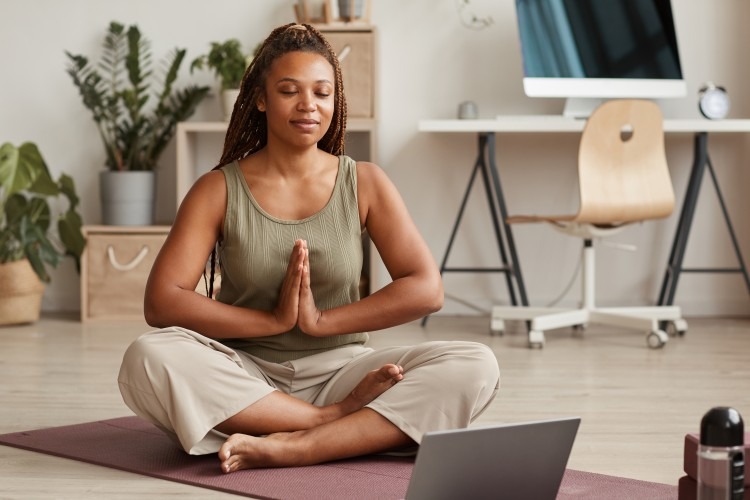Color Theory in Home Design: Choosing the Perfect Palette for Every Room
Color is a fundamental element in home design, profoundly influencing the ambiance and functionality of each space.
Evie Parker
June 20 , 2025 — 3 minutes read
Color is a fundamental element in home design, profoundly influencing the ambiance and functionality of each space. By understanding and applying color theory, you can curate environments that not only reflect your personal style but also enhance the well-being and purpose of every room.
The Psychology of Color
- Blues and Greens: These hues are known for their calming and stress-relieving properties, making them ideal for spaces intended for relaxation and tranquility. citeturn0news17
- Yellows and Oranges: Bright and energetic, these colors can stimulate creativity and enthusiasm, perfect for areas like kitchens or home offices.
- Earthy Browns and Leafy Greens: Connecting occupants to nature, these tones promote healing and are especially beneficial in urban settings where natural elements may be limited. citeturn0news17
Steps to Choosing Your Color Palette
- Start with a Base: Utilize neutral tones such as white, beige, or gray to create a versatile foundation. Neutrals provide a subtle backdrop that allows other colors to stand out without overwhelming the space.
- Select Accent Colors: Employ the color wheel to identify complementary or analogous colors that harmonize well together. Accent colors can be introduced through various elements like furniture, artwork, and decorative accessories.
- Test Samples: Apply color samples to your walls and observe how they interact with both natural and artificial light throughout the day. This practice ensures the chosen colors maintain their desired effect in varying lighting conditions.
- Consider Proportions: Adhere to the 60-30-10 rule—60% dominant color, 30% secondary color, and 10% accent color—to achieve a balanced and cohesive look.
Practical Applications
- Living Room: Create a warm and inviting atmosphere by incorporating soft neutrals complemented by bold accents through cushions or a statement rug.
- Bedroom: Opt for calming shades like pastel blues or greens to promote relaxation and restful sleep. citeturn0news19
- Kitchen: Utilize bright, energetic colors such as yellows or oranges to stimulate appetite and create a lively space.
- Home Office: Choose colors that enhance focus, like cool blues or greens, combined with neutral tones to maintain balance.
Incorporating Current Trends
Staying informed about current design trends can further enhance your home's aesthetic:
- Color Drenching: This technique involves painting all room components, including ceilings and woodwork, in harmonizing or contrasting hues, creating an immersive and harmonious space. citeturn0news20
- Cozy Decor Elements: Incorporating rich textures like faux fur, velvet, and cashmere, as well as warm hues and earth tones, can add warmth and comfort to any room. citeturn0news21
Final Thoughts







